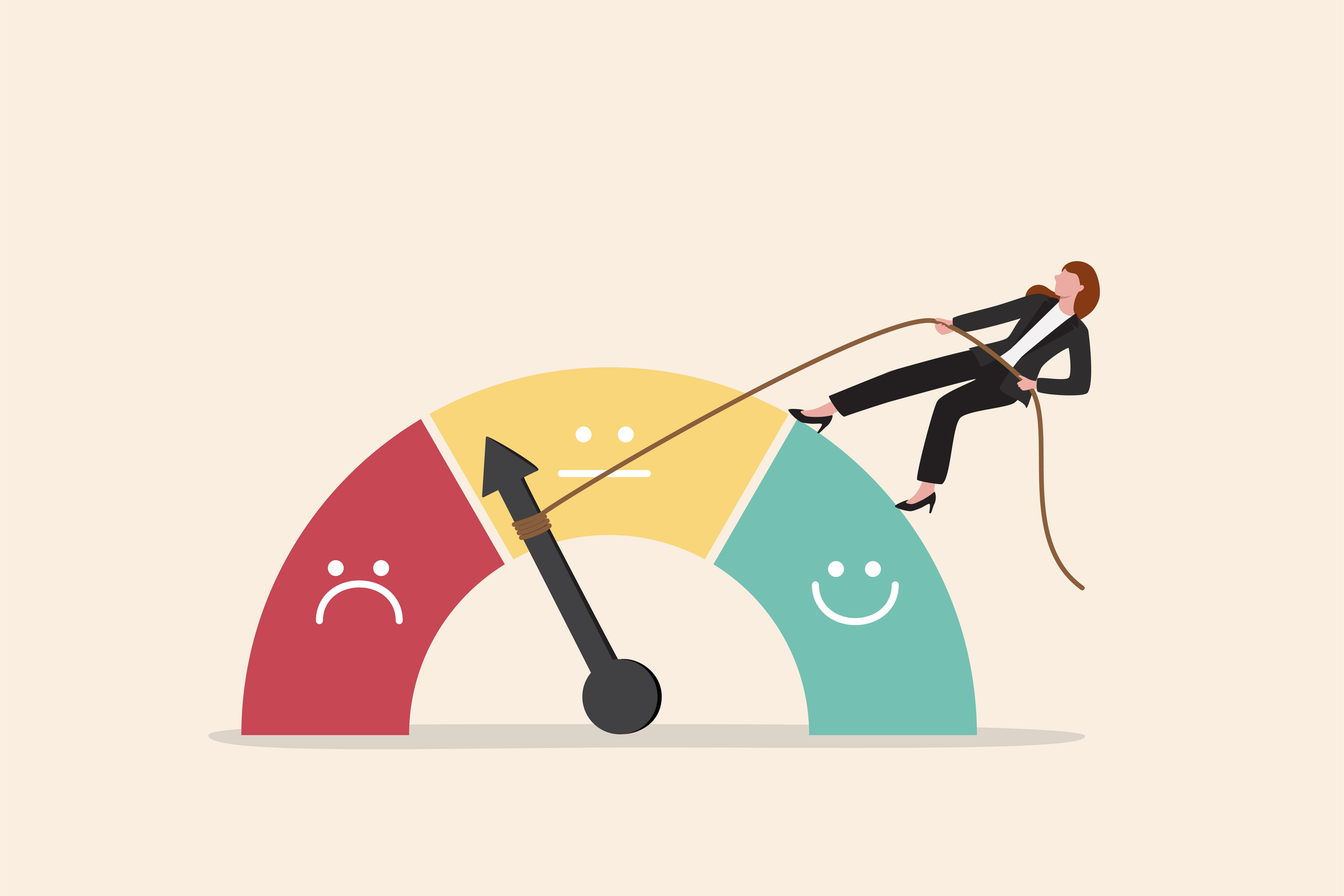10 Colleges That Don’t Require Student Loans
A college or university that includes a liberal allotment of loans in its financial aid package isn’t doing you any favors.


A college or university that includes a liberal allotment of loans in its financial aid package isn’t doing you any favors. After all, you’ll have to repay that money, which isn’t the case with grants and scholarships.
In recent years, though, about six dozen schools have adopted “no-loan” policies whereby grants replace loans in their financial aid packages. Some colleges limit no-loan packages to students whose family income falls below specific levels (such as $60,000 a year). Others have eliminated loans for all students who are eligible for financial aid.
The programs don’t necessarily eliminate loans altogether. The financial aid package is based on a school’s estimate of what the family can afford to pay. Some families can’t or choose not to pay the full amount, which means the student must borrow to make up the difference. And some students borrow to cover costs that aren’t included in the budget covered by their financial aid packages, such as health insurance and laptop computers.
At no-loan schools, the percentage of students that borrow is much smaller, and those that graduate with loans have balances that are below the national average. The 10 schools on this list exclude loans from all financial-aid packages, with no income thresholds. Take a look.

1. Yale University
- Location: New Haven, Conn.
- Total annual cost: $60,850
- Avg. need-based aid: $44,268
- Total net cost: $16,582
- Kiplinger’s combined rank: #2
- Percent of students with loans: 16%
Yale’s no-loan program is open to all students who are eligible for financial aid, and its definition of financial aid eligibility is magnanimous: families with income of as much as $200,000 may qualify for some aid. The trick is getting in: only 7% of applicants are admitted.

2. Vanderbilt University
- Location: Nashville, Tenn.
- Total annual cost: $60,294
- Avg. need-based aid: $39,373
- Total net cost: $20,921
- Kiplinger’s combined rank: #15
- Percent of students with loans: 22%
Vanderbilt eliminated loans from its financial aid package in the fall of 2009. The policy extends to all students who qualify for financial aid. Nearly half of Vanderbilt students receive need-based aid, and 87% graduate in four years, which also keeps costs down.

3. Davidson College
- Location: Davidson, N.C.
- Total annual cost: $59,146
- Avg. need-based aid: $33,717
- Total net cost: $25,429
- Kiplinger’s combined rank: #24
- Percent of students with loans: 22%
While Davidson’s endowment is considerably smaller than that of Ivy League schools with no-loan programs, this liberal arts college provides 100% of financial aid through grants and campus jobs to the 46% of students who receive need-based aid.

4. Princeton University
- Location: Princeton, N.J.
- Total annual cost: $59,165
- Avg. need-based aid: $37,183
- Total net cost: $21,982
- Kiplinger’s combined rank: #1
- Percent of students with loans: 24%
Princeton implemented its no-loan policy in 2001, making it the first school to abolish loans from its financial aid package. Princeton’s policy applies to all students who qualify for financial aid. And even among students who borrow, the average debt is the lowest of all 300 schools ranked in Kiplinger’s 2015 Best College Values.

5. Harvard University
- Location: Cambridge, Mass.
- Total annual cost: $59,607
- Avg. need-based aid: $41,975
- Total net cost: $17,632
- Kiplinger’s combined rank: #6
- Percent of students with loans: 26%
Harvard offers need-based aid to more than 60% of students and meets 100% of those students’ demonstrated financial need – all without loans. Families with income between $65,000 and $150,000 are generally expected to contribute no more than 10% of their income. Competition for these generous aid packages is fierce: only 6% of Harvard applicants are admitted.

6. Amherst College
- Location: Amherst, Mass.
- Total annual cost: $62,206
- Avg. need-based aid: $45,604
- Total net cost: $16,602
- Kiplinger’s combined rank: #11
- Percent of students with loans: 29%
While some schools have been forced to limit their no-loan packages to low-income families, Amherst continues to offer them to all students who qualify for financial aid. Last year, Amherst provided more than $45 million in scholarship aid to about 60% of its students.

7. Bowdoin College
- Location: Brunswick, Maine
- Total annual cost: $60,400
- Average need-based aid: $40,025
- Total net cost: $20,375
- Kiplinger’s combined rank: #13
- Percentage of students with loans: 31%
Students will need to buy warm clothes to attend this liberal arts school (its mascot is a polar bear), but they won’t need to borrow to pay for tuition. Bowdoin eliminated loans from its financial aid package in 2008. Students are expected to contribute to the cost of their education by working during the summer and academic year.

8. Pomona College
- Location: Claremont, Calif.
- Total annual cost: $61,432
- Average need-based aid: $43,486
- Total net cost: $17,946
- Kiplinger’s combined rank: #9
- Percentage of students with loans: 33%
Graduates may leave Pomona’s idyllic southern California campus with a tan, but they don’t leave with a lot of debt. Pomona’s no-loan policy extends to all students who qualify for financial aid. In addition, 93% of students graduate in four years, which also goes a long way toward keeping costs down.

9. Swarthmore College
- Location: Swarthmore, Pa.
- Total annual cost: $60,840
- Average need-based aid: $38,701
- Total net cost: $22,139
- Kiplinger’s combined rank: #3
- Percentage of students with loans: 36%
Swarthmore’s financial aid packages consist entirely of grants and scholarships, with no income limits. The 151-year-old school’s generous financial aid awards reduce the average cost for students who qualify to about one-third of the sticker price.

10. University of Pennsylvania
- Location: Philadelphia
- Total annual cost: $62,352
- Average need-based aid: $38,258
- Total net cost: $24,094
- Kiplinger’s combined rank: #26
- Percentage of students with loans: 36%
UPenn officials say the school’s no-loan policy, which extends to all undergrads who qualify for financial aid, helps the school enroll students who would otherwise rule out an Ivy League education. Loans are still available for students who don’t want to hold down work-study jobs or need money for expenses not included in the standard cost of attendance, such as health insurance and summer school.
Get Kiplinger Today newsletter — free
Profit and prosper with the best of Kiplinger's advice on investing, taxes, retirement, personal finance and much more. Delivered daily. Enter your email in the box and click Sign Me Up.

Block joined Kiplinger in June 2012 from USA Today, where she was a reporter and personal finance columnist for more than 15 years. Prior to that, she worked for the Akron Beacon-Journal and Dow Jones Newswires. In 1993, she was a Knight-Bagehot fellow in economics and business journalism at the Columbia University Graduate School of Journalism. She has a BA in communications from Bethany College in Bethany, W.Va.
-
 Will My Children Inherit Too Much?
Will My Children Inherit Too Much?If you worry about how your children will handle an inheritance, you're not alone. Luckily, you have options — from lifetime gifting to trusts — that can help.
By Mallon FitzPatrick, CFP®, AEP®, CLU®
-
 Charitable Giving Lessons From Netflix's 'Apple Cider Vinegar'
Charitable Giving Lessons From Netflix's 'Apple Cider Vinegar'Charity fraud is rife, and a Netflix series provides a timely warning about donating money to a good cause without looking into its background.
By Peter J. Klein, CFA®, CAP®, CSRIC®, CRPS®
-
 What to Do With Your Tax Refund: 6 Ways to Bring Growth
What to Do With Your Tax Refund: 6 Ways to Bring GrowthUse your 2024 tax refund to boost short-term or long-term financial goals by putting it in one of these six places.
By Rachael Green
-
 What Does Medicare Not Cover? Eight Things You Should Know
What Does Medicare Not Cover? Eight Things You Should KnowHealthy Living on a Budget Medicare Part A and Part B leave gaps in your healthcare coverage. But Medicare Advantage has problems, too.
By Donna LeValley
-
 15 Reasons You'll Regret an RV in Retirement
15 Reasons You'll Regret an RV in RetirementMaking Your Money Last Here's why you might regret an RV in retirement. RV-savvy retirees talk about the downsides of spending retirement in a motorhome, travel trailer, fifth wheel or other recreational vehicle.
By Bob Niedt
-
 The Six Best Places to Retire in New England
The Six Best Places to Retire in New Englandplaces to live Thinking about a move to New England for retirement? Here are the best places to land for quality of life, affordability and other criteria.
By Stacy Rapacon
-
 The 10 Cheapest Countries to Visit
The 10 Cheapest Countries to VisitWe find the 10 cheapest countries to visit around the world. Forget inflation woes, and set your sights on your next vacation.
By Quincy Williamson
-
 15 Ways to Prepare Your Home for Winter
15 Ways to Prepare Your Home for Winterhome There are many ways to prepare your home for winter, which will help keep you safe and warm and save on housing and utility costs.
By Donna LeValley
-
 Six Steps to Get Lower Car Insurance Rates
Six Steps to Get Lower Car Insurance Ratesinsurance Shopping around for auto insurance may not be your idea of fun, but comparing prices for a new policy every few years — or even more often — can pay off big.
By Donna LeValley
-
 How to Increase Credit Scores — Fast
How to Increase Credit Scores — FastHow to increase credit scores quickly, starting with paying down your credit card debt.
By Lisa Gerstner
